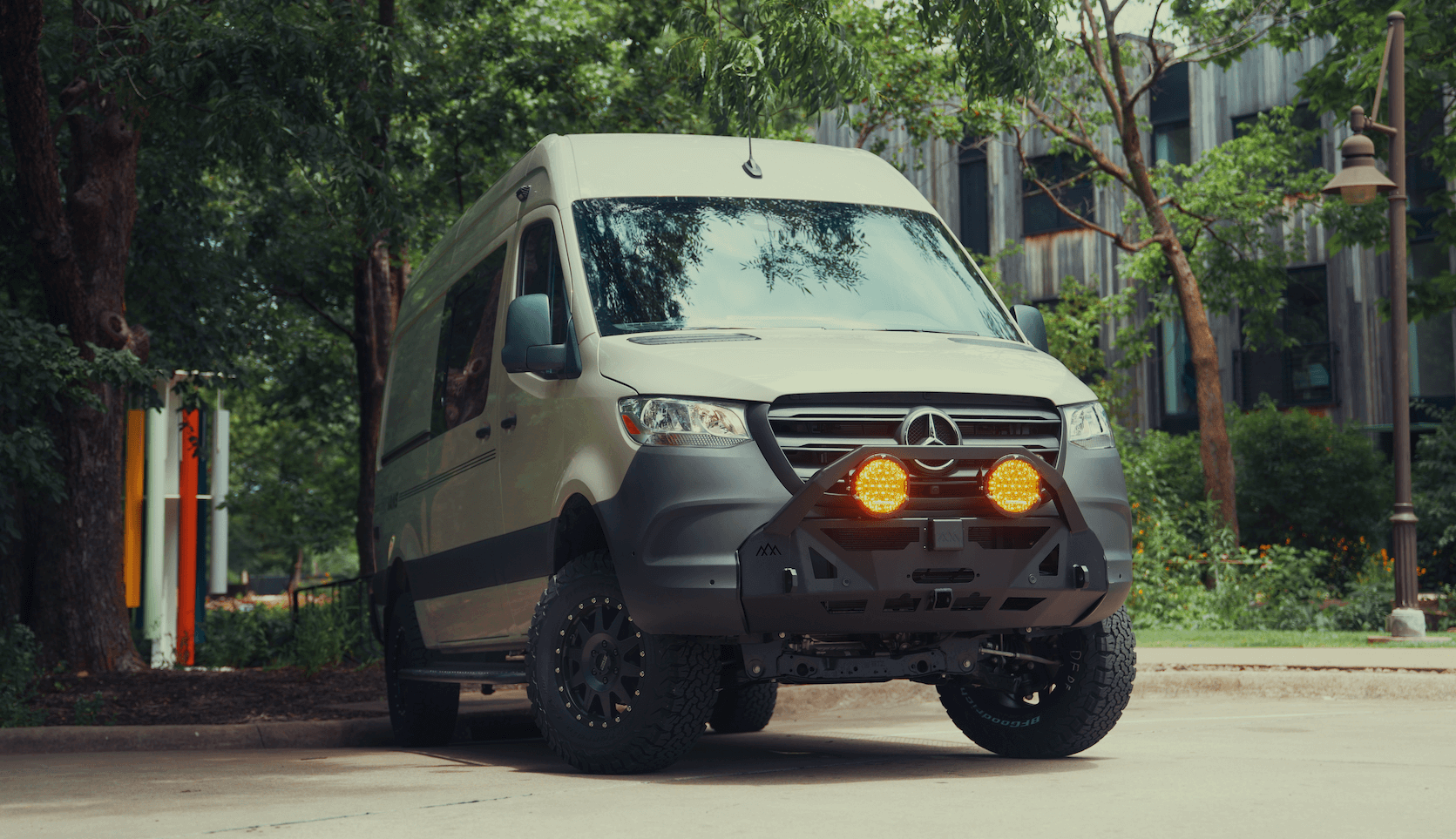Recreational Vans

Start with proof on paper. A thick stack of dated service records beats any sales pitch. Look for regular oil changes, cooling system service, transmission fluid replacements, and timing components where applicable. Gaps in records around critical mile markers deserve questions.
Arrive with a cold engine and listen at first start. A clean idle, no warning lights, and a quick rise to stable operating temperature are good signs. On the road, test for smooth shifts, no slips, and no delayed engagement when moving from park into drive. Find a safe hill and apply moderate throttle. A healthy powertrain pulls without shudder or flare.
Watch exhaust under load for smoke and note any fuel or coolant smells. After the drive, inspect for fresh leaks on the oil pan, timing cover, valve covers, power steering lines, and transmission case. A pre purchase inspection that includes a compression test, scan for stored fault codes, and a careful look at the differential and driveshafts is money well spent.
Rust tells the story of climate and storage. Focus on pinch welds, rocker panels, rear doors, floor seams, subframe mounts, and leaf spring perches. Tap gently with a plastic tool and look for soft spots or seam swelling. Surface rust can be treated. Structural rust near mounts or seams can be a deal breaker.
Open every door and hatch. Check alignment, latch feel, and window operation. Inside, lift floor mats and inspect for moisture stains, seams with sealer failure, and holes from prior equipment. A clean cabin with intact wiring suggests careful ownership. If seats wobble, sliders bind, or a bulkhead rattles, budget for hardware and bushings.
Suspension and steering deserve hands on checks. Bounce each corner to reveal tired shocks. Look for torn boots on ball joints and tie rods, uneven tire wear, and weeping struts. On the test drive, note straight tracking, steering return to center, and no vibration at highway speeds. Brakes should bite evenly and stop without pulling.
A high mileage van is a math problem with feelings removed. Write down purchase price, sales tax, immediate service items, and one year of expected maintenance. Add tires if tread is low, a complete fluid service if records are thin, and belts or hoses that show age. Compare that total to similar vans with lower miles and stronger records.
Consider parts prices and service access for your model. Some platforms offer easy parts sourcing and straightforward repairs. Others require specialty tools and longer shop times. Fuel economy matters but reliability matters more. A van that starts every time and stays cool on a long grade is worth a few extra fill ups.
Finally, match the van to your use case. Highway courier duty, weekend family travel, or backroad camping all stress different systems. A fleet maintained cargo van with steady highway miles often outlasts a lightly used van that sat and rusted. Condition beats odometer alone.
Once you land the right van, a thoughtful upfit can extend its life and transform daily use. We focus on reliability first, then comfort. That means sensible power management, clean wiring, airflow that helps the engine and the cabin, and storage that reduces rattles and weight. If you plan long weekends or a cross country loop, we can tune the build plan to match your route and climate.
We are based in Fayetteville Arkansas, a central hub that makes pickup simple. Clients often fly in, test their systems at our lounge, then head straight for the hills. If you are comparing platforms or need a path from stock van to capable traveler, we can map the stages, set budgets, and keep the van easy to service nationwide.
Speak with our team about a complete custom build or a targeted upfit to make a good high mileage purchase even better. We are here to help you choose durable parts, integrate them cleanly, and keep serviceability in mind so your van remains a dependable partner for years.
Tell us about the van you are eyeing and your travel goals. We will outline a practical plan to inspect, refresh, and build in the features that matter most to you.
Ready for expert eyes on your future van or a post purchase upfit plan that maximizes reliability and comfort? Tell us about your goals and timeline. OZK Customs will map a practical path to a dependable, adventure ready build.
ADDRESS:
6159 E Huntsville Rd, Fayetteville, AR 72701
PHONE:
(479) 326-9200
EMAIL:
info@ozkvans.com